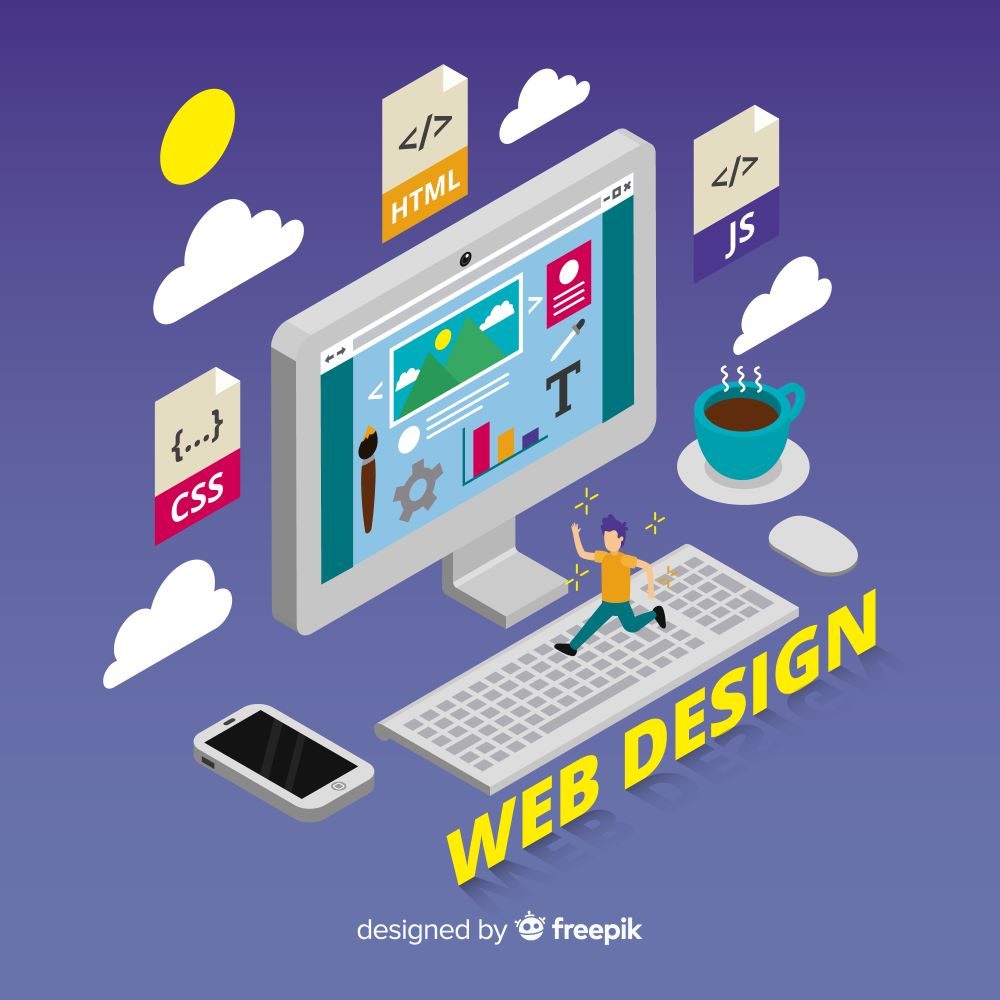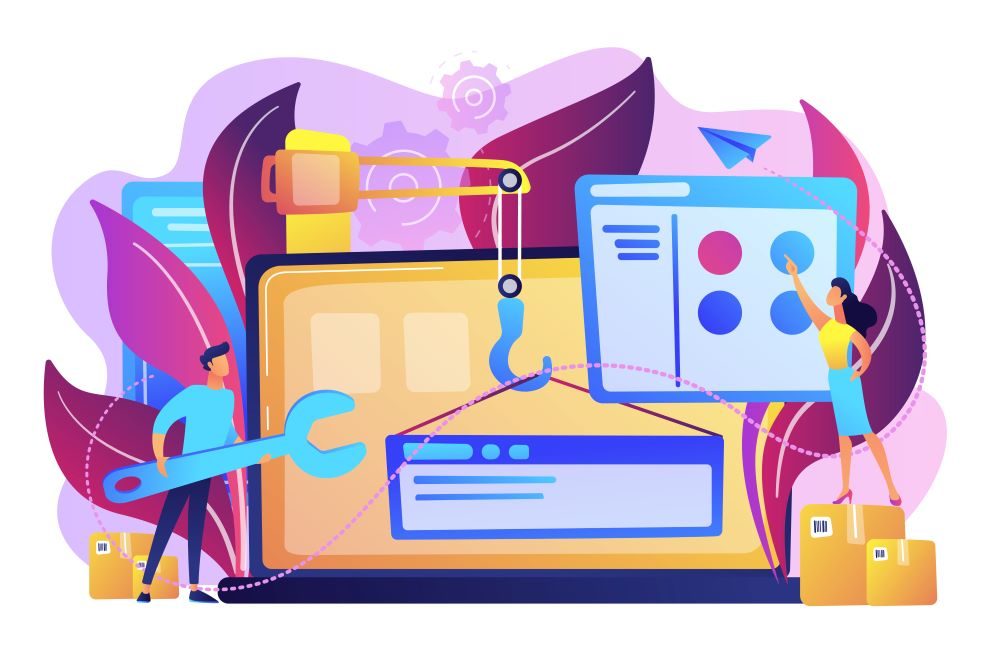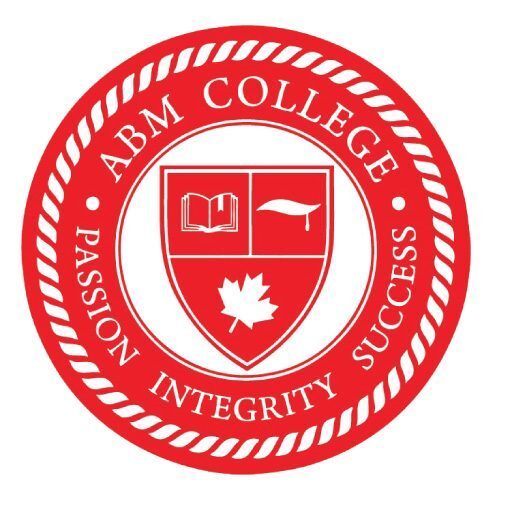In today’s digital era, mastering web design and development is key to creating engaging online experiences. Whether you’re delving into a new career or seeking to enhance existing skills, understanding the components of a comprehensive web design and development program is essential for success.
Exploring Your Path

Embarking on the journey to become a web developer entails a blend of education, practical experience, and specialized training. While a traditional computer science degree spans four years, a Web Design and Development Diploma offers a more streamlined approach, typically completed in one to two years. With a wealth of educational resources available, including online courses, coding boot camps, and flexible learning options, aspiring developers can tailor their educational journey to meet the demands of the industry.
Five Steps to Success
Mastering Fundamentals: The journey begins with mastering the core languages of web programming, including HTML, CSS, and JavaScript. These form the building blocks of web development, enabling you to create visually appealing and functional websites.
Choosing Specializations: As you progress, consider specializing in either front-end, back-end, or full-stack development. Each specialization offers unique opportunities and challenges, allowing you to focus your skills and expertise.
Exploring Key Languages: Beyond the basics, delve into additional programming languages to enhance your versatility and proficiency. Languages such as Python, SQL, and PHP offer valuable insights into database management, server-side scripting, and application security.
Hands-on Projects: Practical application is essential for honing your skills and gaining real-world experience. Engage in coding projects, contribute to open-source initiatives, and collaborate with peers to expand your knowledge and portfolio.
Building Your Portfolio: A compelling portfolio is your ticket to success in the competitive field of web development. Showcase your projects, highlight your strengths, and demonstrate your expertise to potential employers and clients.
Key Components of a Web Development Course

A comprehensive web development program covers a wide range of topics, including:
- Web Design & Development Fundamentals: Explore internet principles, HTML/CSS fundamentals, and responsive design techniques to create visually appealing and user-friendly websites.
- JavaScript Mastery: Dive deep into JavaScript programming, covering advanced concepts such as DOM manipulation, asynchronous programming, and modern frameworks like React and Angular.
- Content Management Systems (CMS) & Frameworks: Learn to leverage popular CMS platforms like WordPress and frameworks like Bootstrap to streamline website development and enhance productivity.
- Database Design & Management: Gain expertise in database design principles, SQL query optimization, and data modeling techniques to build robust and scalable web applications.
- Server-side Scripting: Explore server-side scripting languages like PHP, along with concepts such as session management, authentication, and security best practices.
- Graphic Design & Web Security: Develop proficiency in graphic design tools like Photoshop and Illustrator, while also mastering essential web security concepts such as HTTPS encryption, cross-site scripting prevention, and secure authentication mechanisms.
Career Opportunities
A Web Design and Development Diploma opens doors to a wide range of career opportunities, including:
- Web Designer: Creating visually appealing and user-friendly website layouts and graphics.
- Web Developer: Building interactive and dynamic websites using front-end and back-end technologies.
- Applications Developer: Developing custom web applications and software solutions to meet specific business needs.
- SEO Specialist: Optimizing websites for search engines to improve visibility and drive organic traffic.
- UX Designer: Designing intuitive and user-friendly interfaces to enhance the overall user experience.
- Multimedia Programmer: Integrating multimedia elements such as audio, video, and animations into web applications.
Language Choices for Web Development

In addition to foundational languages like HTML, CSS, and JavaScript, aspiring web developers should consider mastering other languages based on industry trends and emerging technologies:
- AI and Machine Learning: Python, R, Lisp, Prolog
- IoT: C, JavaScript, PHP
- Blockchain: Solidity, Ruby
- Augmented Reality: Swift, JavaScript, C#
Conclusion
Empowered with a deeper understanding of the web design and development landscape, you’re well-equipped to embark on a fulfilling career journey. Institutions like ABM College offer comprehensive programs designed to nurture your skills and prepare you for success in the dynamic field of web development. Take the first step towards unlocking your potential and shaping the future of the digital world.
Join ABM College’s Web Design and Development diploma program from Manitoba and move ahead in your career journey!
Contact us now to learn more.
Read more industry-related articles.
About The Author

Private Career College
ABM College is a leader in career-focused education, committed to empowering students with industry-relevant skills. With expert instructors and practical training, ABM College delivers high-quality programs in health, business, technology, and more, ensuring graduates are prepared to meet workforce demands. Known for its supportive learning environment and a focus on real-world application, ABM College is a trusted educational partner helping students achieve professional success across Canada.
